It is easy to miss Annora’s grave. For she is buried under a moss covered stone slab lying flat on the ground, close up against the south wall of the Church of St Mary in Iffley. No inscription, no name, almost hidden by overhanging boughs of evergreen. In truth I wouldn’t have known she had even existed had it not been for a friendly church warden eager to show me where she lay. But Annora’s story deserves to be told. It’s the tale of a 13th century noblewoman whose grave marks the spot where she lived as an anchoress, the word for a person that takes its meaning from the Greek ‘to withdraw’. This she did for the last ten years of her life, walled into and never leaving the small cell built for her by the side of the church. Why did she choose to live this way?
Annora was born in the late 1170’s, one of seven surviving children from a family of sixteen. Her father was William de Braose, a wealthy baron whose family had come over at the Norman Conquest. Her mother, Mathilda, hailed from Hinton Waldrist near Swindon, and together they lived between lands in Sussex and the Welsh borders. It seems at first they enjoyed the patronage of the monarch, first King Richard and then King John, both of whose birthplace incidentally is a stone’s throw from where I am now writing, Beaumont Palace. But this was a time of constant conflict. One small slight meant your fortunes could change in an instant. And this is what happened to Annora’s family. After King John accused her father of owing him money things turned nasty. William was forced to flee the country, along with her brother Giles, Bishop of Hereford. Her mother and eldest brother William were imprisoned in Corfe Castle, where it is said they were left to starve to death. Annora was also taken prisoner but at some point released to join her husband. However when he died, Annora feared for her safety. And having no children, she decided to devote herself to a life of prayer and become an anchoress. It was, maybe, the only way she thought she could protect herself from her mother’s fate. One sister Loretta had already decided on this life, in a place near Canterbury. Another, Flandrina took herself off to Godstow nunnery, later becoming its abbess.
I have to admit I’d never heard of an anchoress before this outing, but I have since discovered that in the 12th century the role was more common than you might think. Annora was one of 92 recorded as living in England then, compared with only 20 anchorites, their male equivalent, spaces in nunneries being much scarcer than monasteries. They lived in small cells, no larger than eight feet square usually built on to the side of a church. Once they had entered, they were literally bricked in, and never left. Indeed the funeral rights were performed even as the doorway was sealed on the still living person, and many, Annora included, took their own gravestones in with them to remind them of their impending mortality, under which they were later buried.
The cells generally had three windows. One, ‘a squint’, a portal into the church so they could watch services and take communion – you can still see the outline where this would have been on the outside brickwork at Iffley; one, usually fitted with a curtain meant she could converse occasionally with the outside world; and another through which a maid could bring food, firewood and take away waste. Though an anchoress came under the protection of the local Bishop she had to be financially secure in order to pay for all of this.
Which Annora was. For after choosing to become an anchoress, some of her dowry was returned to her, 100 shillings a year, and later gifts came from Henry 3, wood from his estates in Shotover, and at one time a warm robe, maybe out of guilt from the actions of his father.
For Annora I can only guess that this way of life was her best option, giving her some form of protection. Being educated she would at least have been able to read and write here. Convents often had strict rules, sometimes with vows of silence. As an anchoress she could do as she pleased within the confines of her cell. And she would have been a revered part of the church community. Villagers, especially women might ask an anchoress to pray for them and also come to seek advice – a more appealing alternative to the clergy who would have all been men. Who knows maybe Annora, once a woman of the world, became the local agony aunt. I like to think so.
Whatever, she would have certainly believed that selfless devotion and her daily prayers would have helped both the family she lost as well as the souls of others. And her cell at Iffley Church, then only 60 years old, perched high on the hill and facing into the southern sun, was as good a place to do this as any.
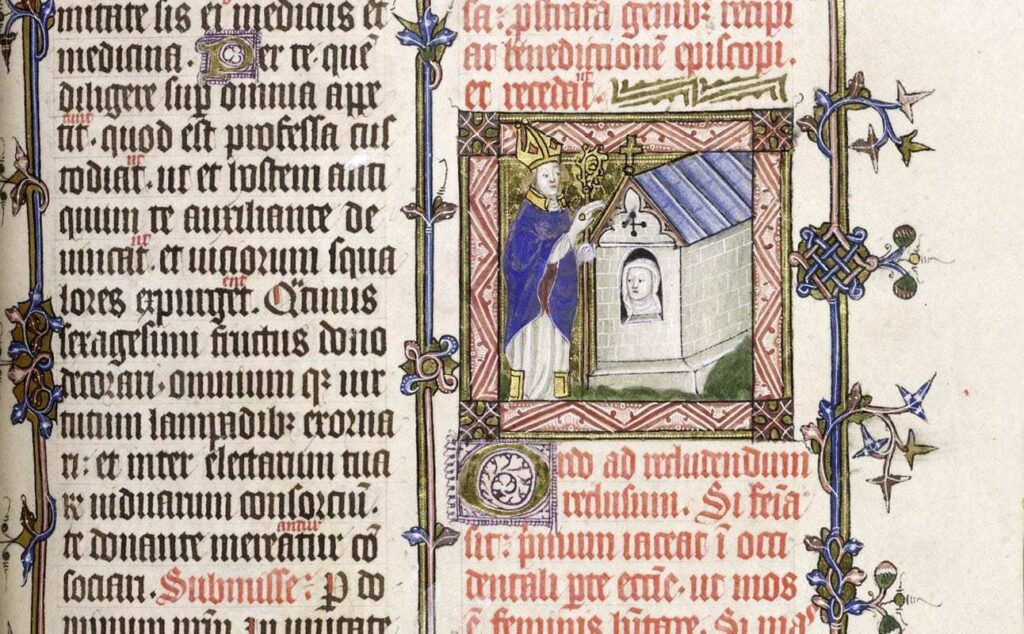
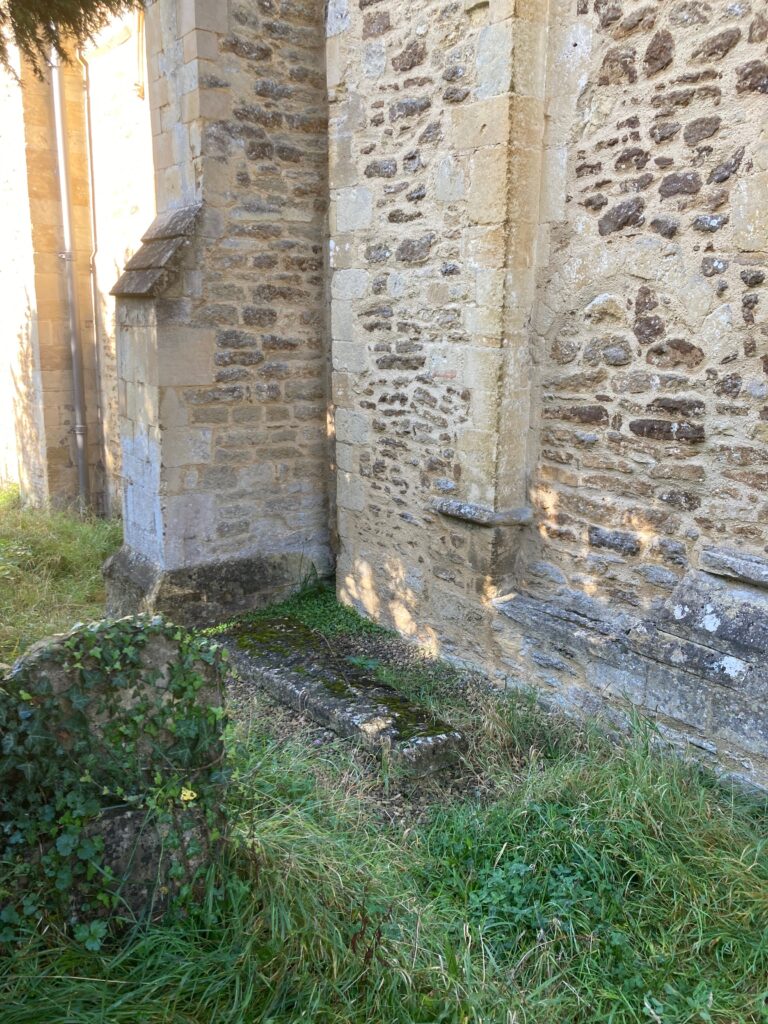
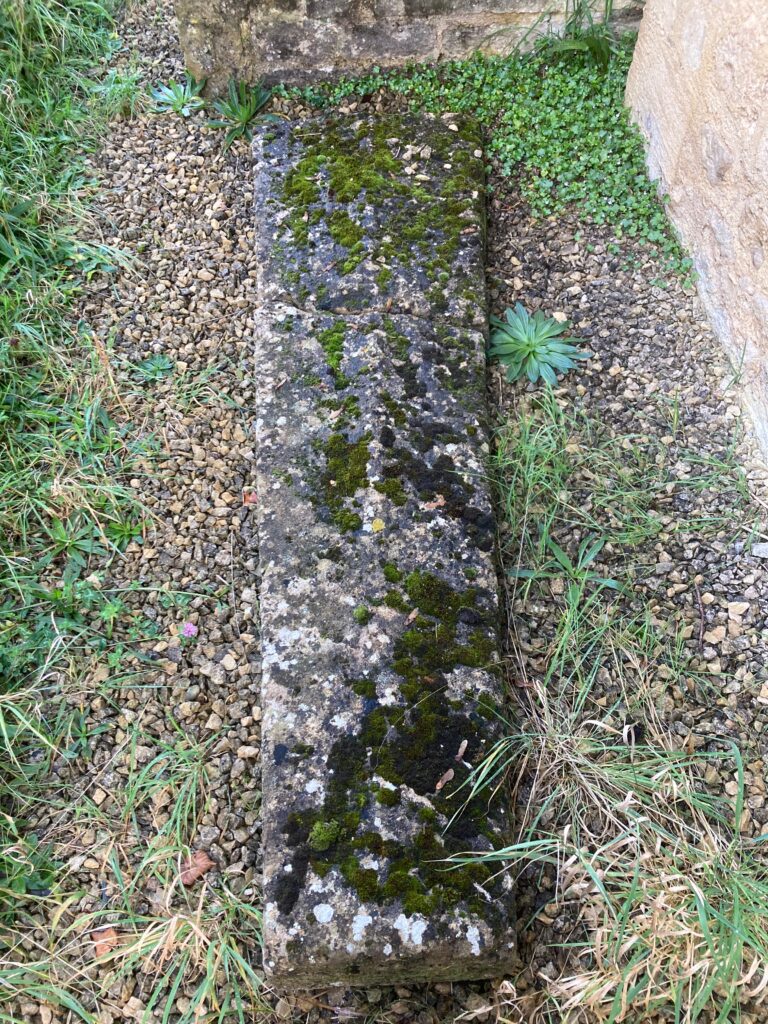
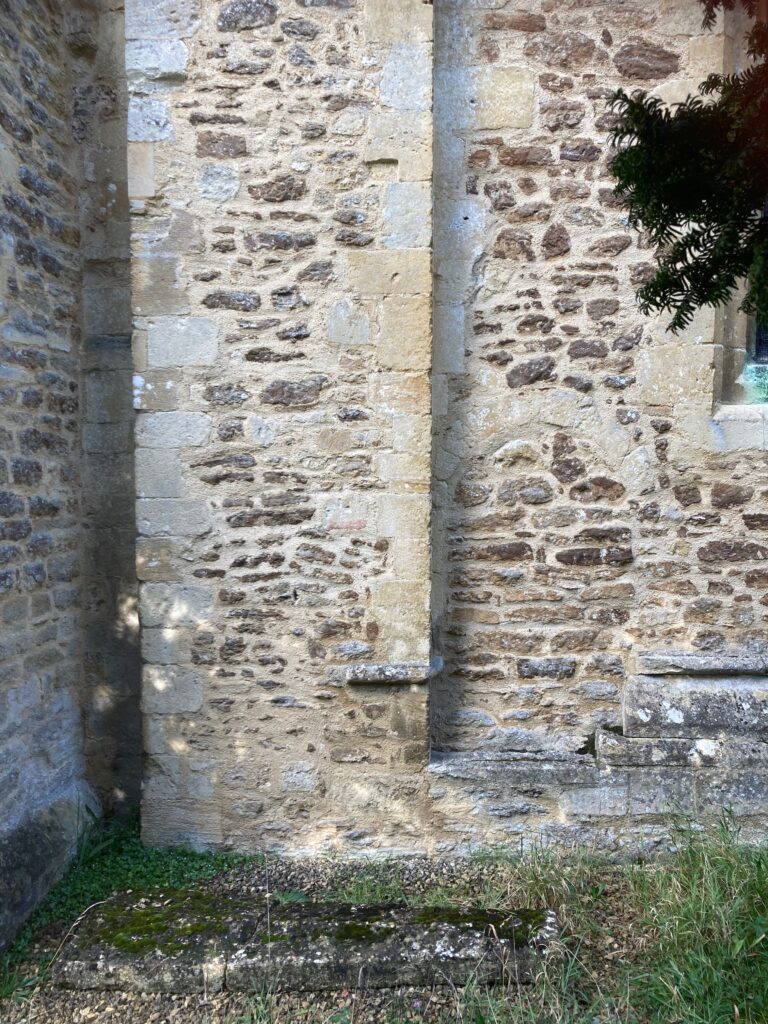

The chancel, where once Annora’s ‘squint’ would have allowed her to watch church services.
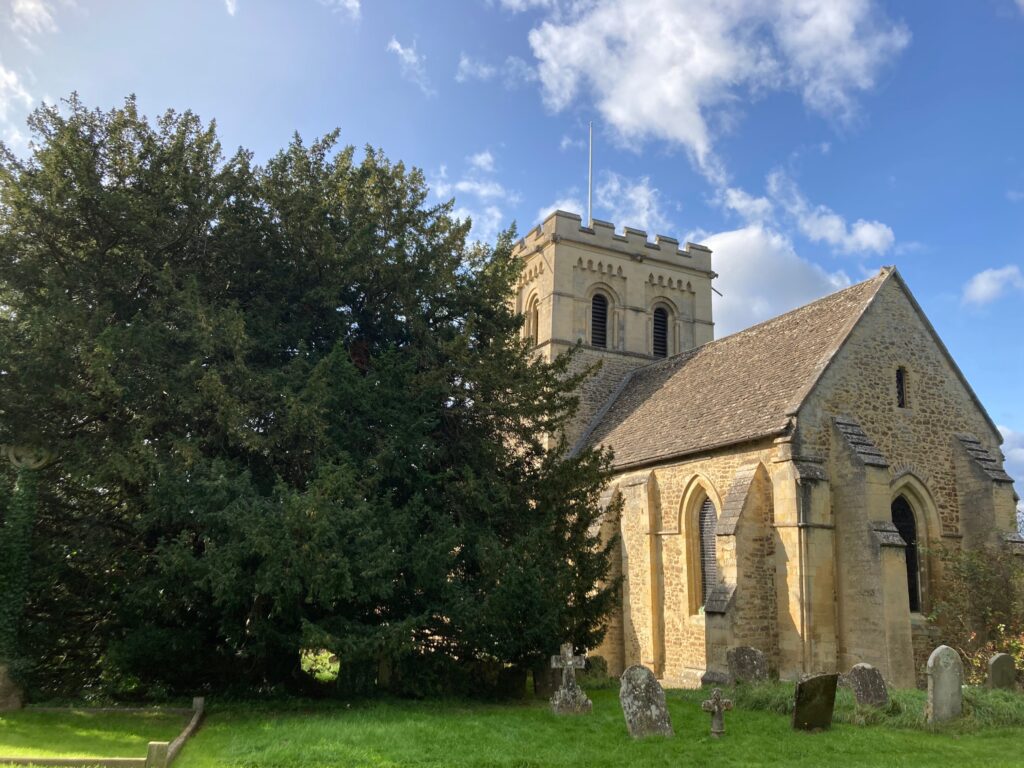
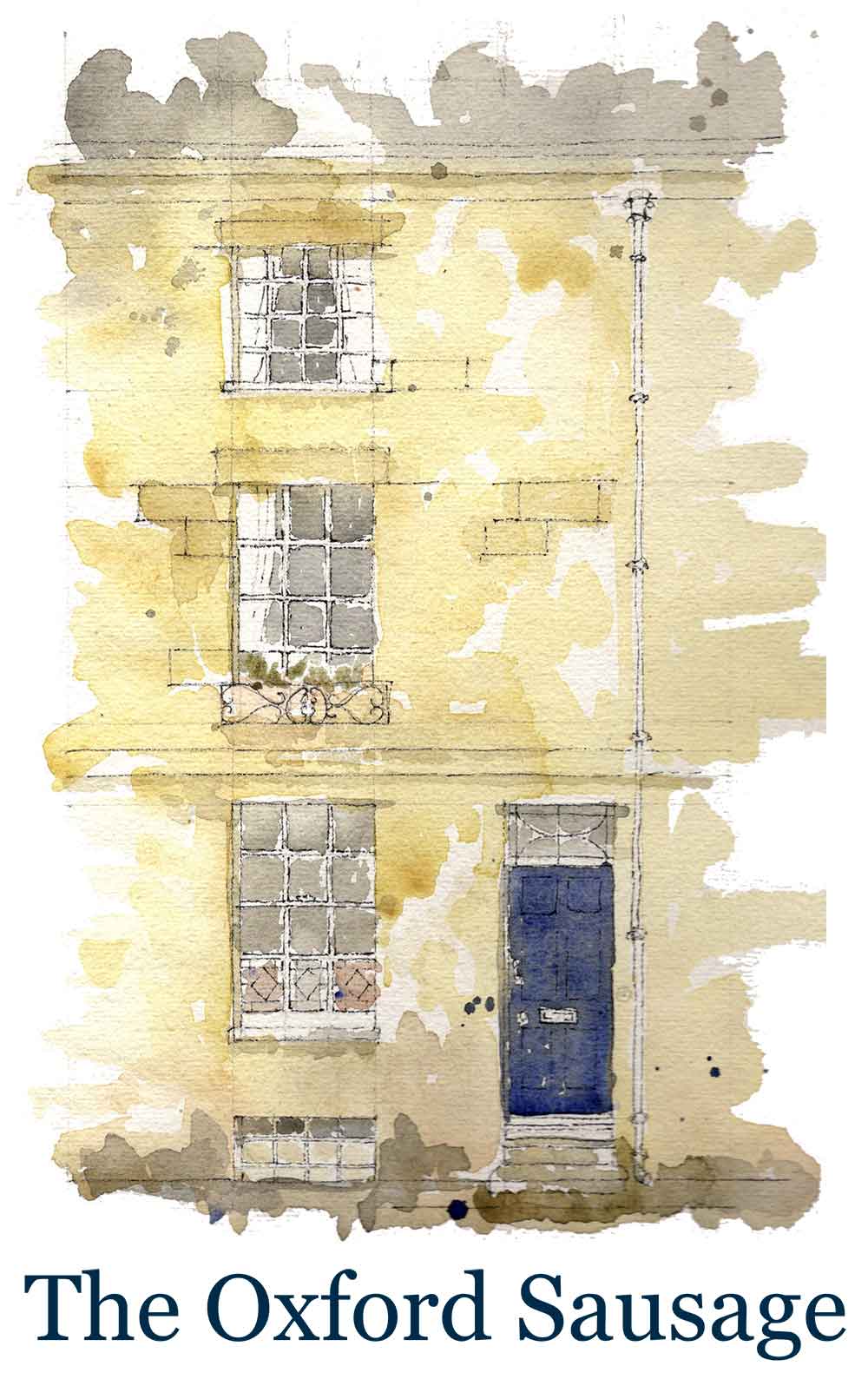
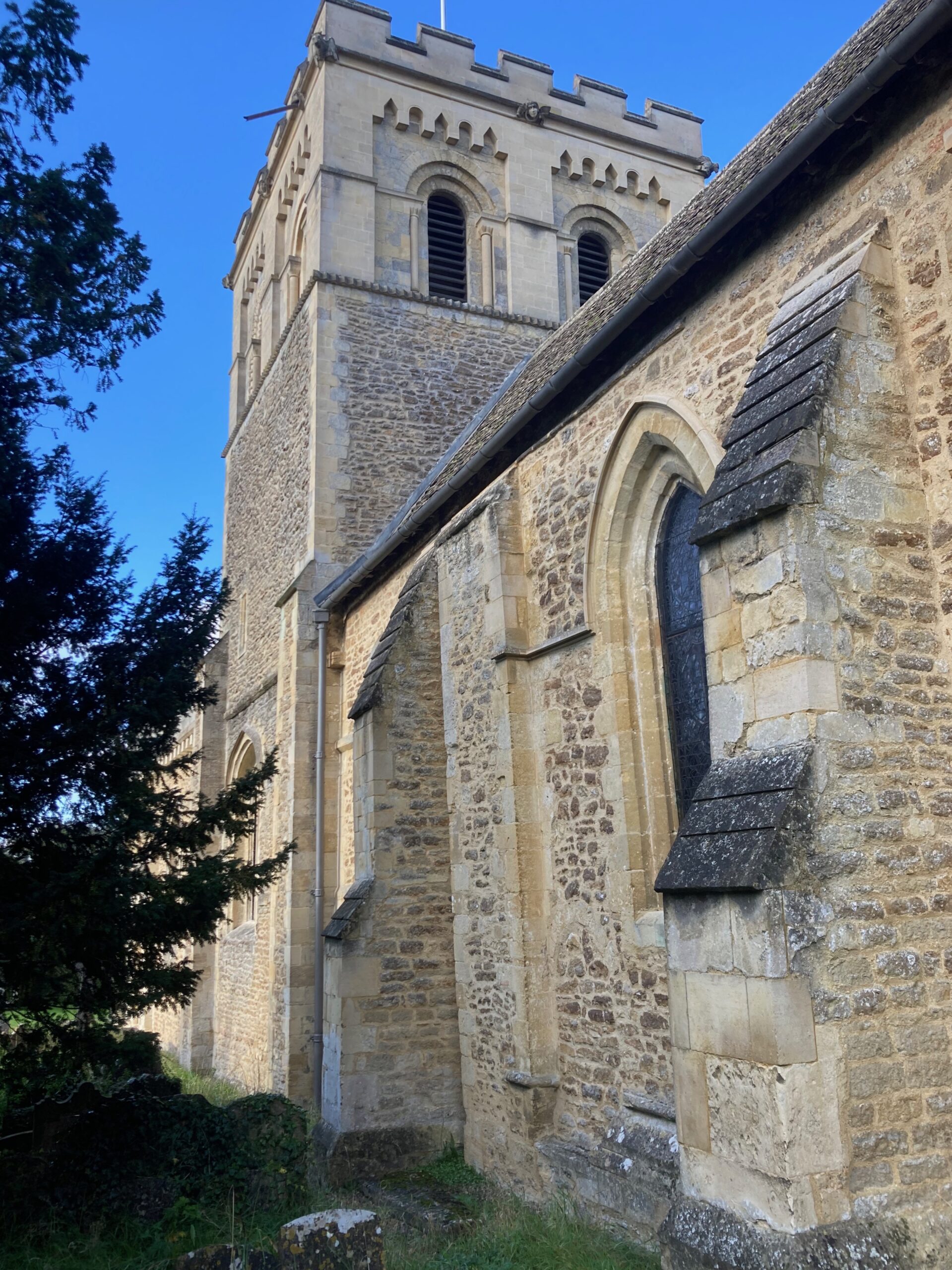
3 Comments
Join the discussion and tell us your opinion.
A fascinating and enlightening article. I’m enjoying my introduction to the oxford sausage!!
Oxford Sausage is one of my very favourite reads of the week – thank you!
I have just found your page and I must say I am impressed with your words pertaining to Annora de Braose and wish to thank you for your insight and the photos you shared.